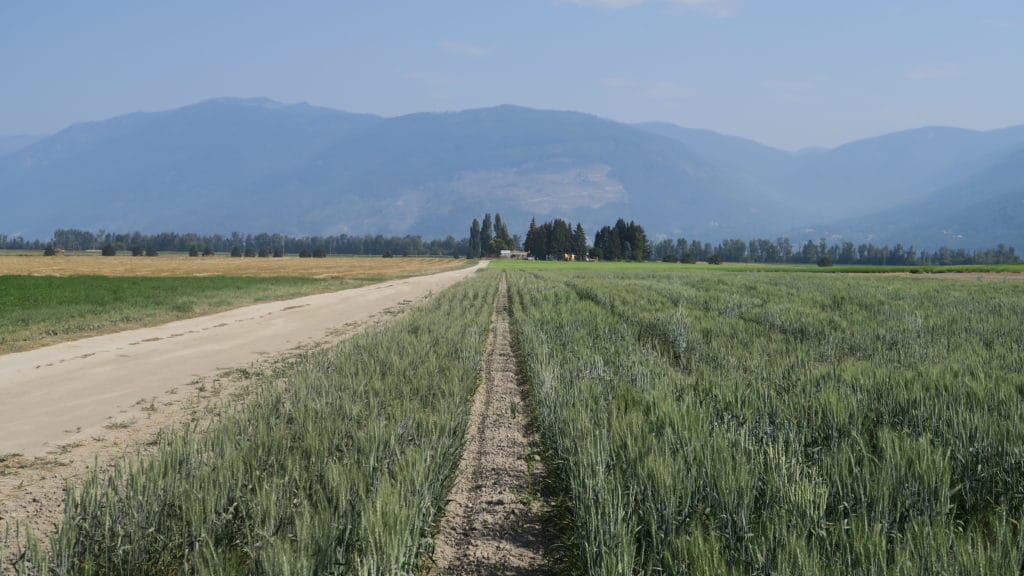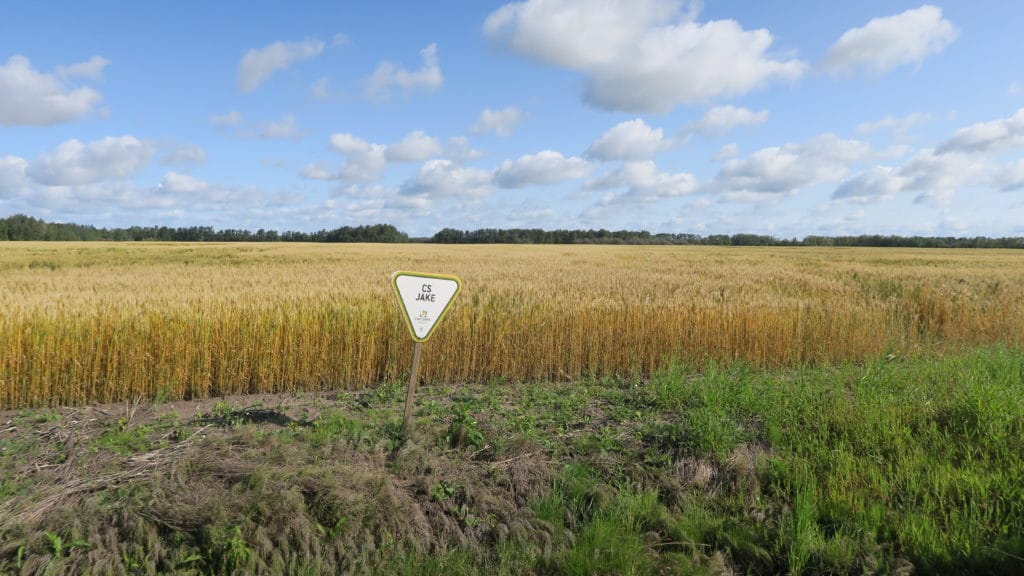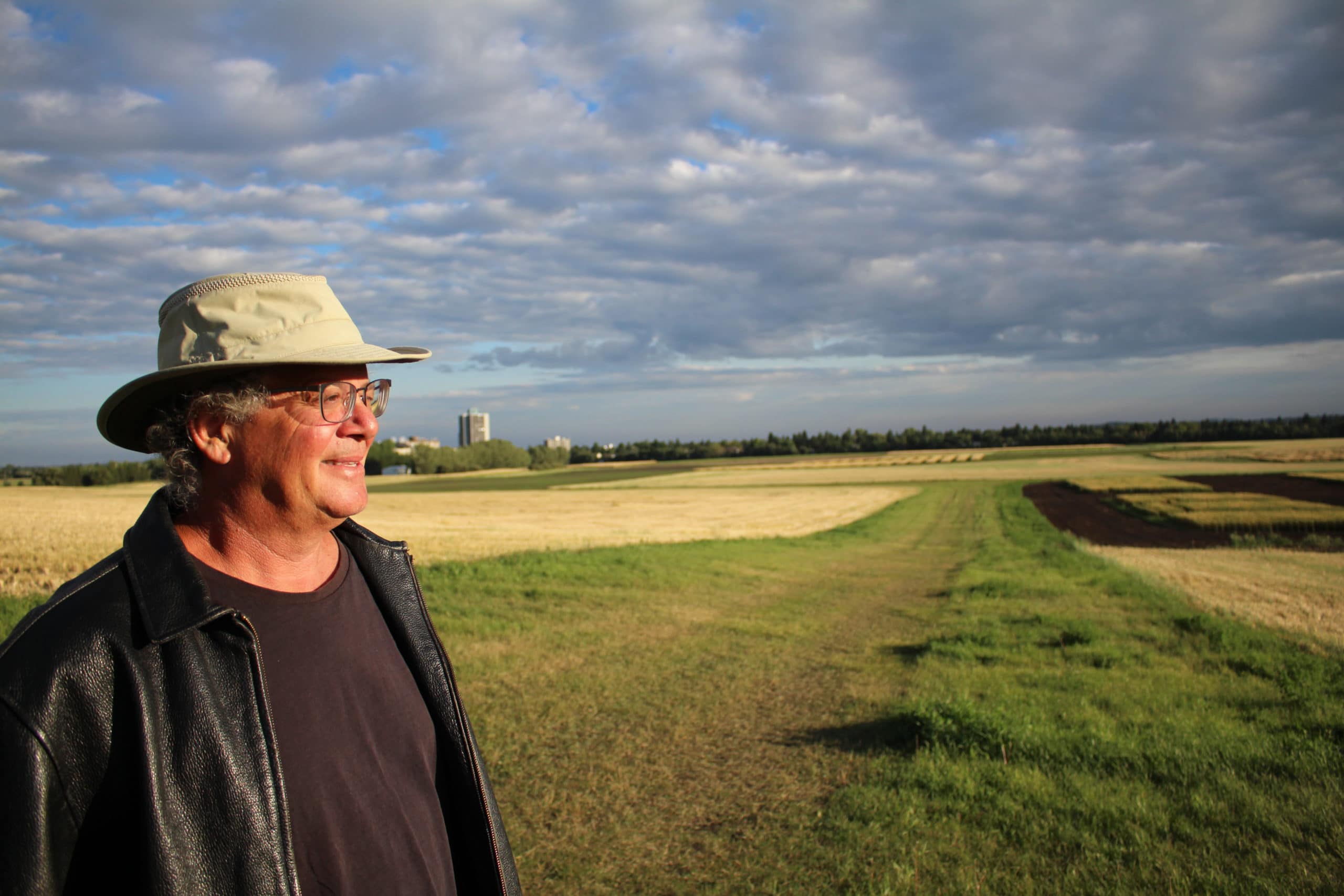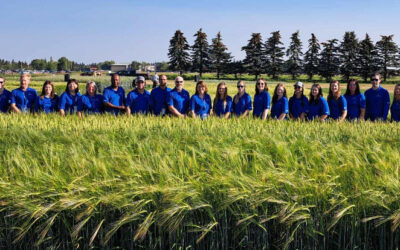Over the past two decades, Dean Spaner has left his mark on Alberta fields as he has turned around the University of Alberta’s wheat breeding program.
Dean Spaner grew up in a family of overachievers in Edmonton, Alta. As a child his father uprooted the family, taking them to the other side of the globe to Nigeria during the Biafran War.
Spaner’s father was a teacher, and most of his siblings became medical doctors. While living in Nigeria, he firsthand witnessed food insecurity, which inspired him to later work in agriculture.
“Having lived in the developing world, I had decided that I would like to do something to help feed the world,” Spaner explains in a phone interview.
He went on to attend the University of Guelph for his undergrad degree in crop science, with a minor in international agriculture. He then received his master’s degree and PhD in corn breeding from McGill University, and conducted his PhD research on the islands of Trinidad and Tobago.
After his schooling, Spaner did genomics work at McGill University and then moved out to Newfoundland to work as an agronomist and turnip breeder, before returning to his hometown of Edmonton. He became a professor and took over the University of Alberta’s (U of A) wheat breeding program, which he has put his own mark on over the last two decades.
“The program has come a long way lately. In the early years, it was just not a lot of useable varieties,” Larry Penner, owner of Penwest Seeds, says in a phone interview. “Now (Spaner’s) really market sensitive, listening to commercial customers and the breeding lines that are coming out are more of what the market is expecting.”
Taking Over the Program
When Spaner first arrived at the U of A, he was still learning the ropes. In 2002, he had only recently started, and was picking wheat lines. There was a drought that year and he chose the ones which made it through, however the next year there wasn’t drought, and all of the selected lines grew too tall.
“For a plant breeder we’re trying to select the ones that do well in both good and bad years,” Spaner explains. “But there’s caveats to that, as with everything… You get to know what you’re doing, which I didn’t in the beginning.”

While Spaner may have been green at the start, it didn’t take long for him to learn. He quickly sorted out what he needed to focus on to make the U of A program valuable to Albertan farmers.
“We are the most northern ranging wheat breeding program in Canada. Early maturity is our biggest breeding objective, and we also try and develop lines for the Peace Region area of Alberta and northeastern B.C., in addition to the rest of Western Canada” Spaner says.
Spaner mainly works with the Canadian Western Hard Red Spring (CWRS) wheat class. While he has focused on early maturity, he has also worked on disease resistance such as for stripe and leaf rust, and fusarium head blight (FHB). Breeding work on such diseases have varied though.
When Spaner started focusing on rust resistance breeding, they tested wheat lines for resistance to stripe rust in southern B.C. They also used imported leaf rust through Agriculture and Agri-Food Canada (AAFC) from Manitoba and planted it in their nurseries in Edmonton.
“We started making advancements in our breeding program,” Spaner explains. “We were able to set up an area where we can test for whether something is resilient or subjective to it. And plant breeders need that, their disease nurseries, we plant stuff in heavily diseased environments and then we pick the ones that don’t get it.”
With the Alberta government having removed Fusarium graminearum from Alberta’s Pest and Nuisance Control Regulations last year, Spaner expects the U of A program will be able to make strides in breeding for FHB resistance. Before Spaner had to work with crop companies such as Syngenta, other schools like the University of Manitoba and University of Saskatchewan, and AAFC, to have varieties planted in FHB infected plots outside of Alberta, but now he will be able to test FHB resistance in his own nurseries.
Looking Towards the Future
2021 is set to be a big year for the U of A wheat breeding program and Spaner, with the large-scale release of six wheat varieties happening — CS Tracker and CS Jake with CANTERRA SEEDS, Parata and Ellerslie with SeCan, RedNet with SeedNet and Sheba with Penwest Seeds.

CS Tracker is an early maturing wheat variety with excellent disease protection and quality properties. CS Jake is an ultra-early maturing variety with excellent stripe rust protection and higher protein content. Ellerslie an awnless CWRS variety with excellent grain yield potential, good straw strength and medium maturity. Parata is a very early CWRS wheat with good grade retention and very good sprouting resistance. RedNet is a very high yielding, FHB resistant variety with standard height. And Sheba is a high yielding, rust resistant wheat variety with straw strength and good maturity.
“It’s in the early stages,” Penner explains about how the commercial release of Sheba is going. “All I can say at this stage we’re pleased and we’re optimistic.”
Over Spaner’s time at the helm of the U of A program, they have released 13 wheat varieties. Despite the growing number of fields with U of A bred wheat in them, it isn’t an easy time for the program.
As with all agriculture programs in Alberta, the U of A program is facing funding pressure from the changes to how Alberta Agriculture and Forestry handles ag research, which has included funding cuts to the U of A. However, the program doesn’t just receive provincial funding, it also receives funding from the Alberta Wheat Commission, Saskatchewan Wheat Development Commission, Manitoba Crop Alliance, the Natural Sciences and Engineering Research Council of Canada and the Western Grains Research Foundation.
After spending two decades with the U of A, Spaner is still invested in the success of the program and plans to continue supporting it for the good of Prairie farmers.
“The plan is to keep the program alive and viable to compete with the other programs and provide a site for a site for a really large agriculture region of Canada, the northern Parkland region all through the three Prairie provinces. And that implies continuing along the same path of improving varieties for production in Western Canada,” Spaner says.





